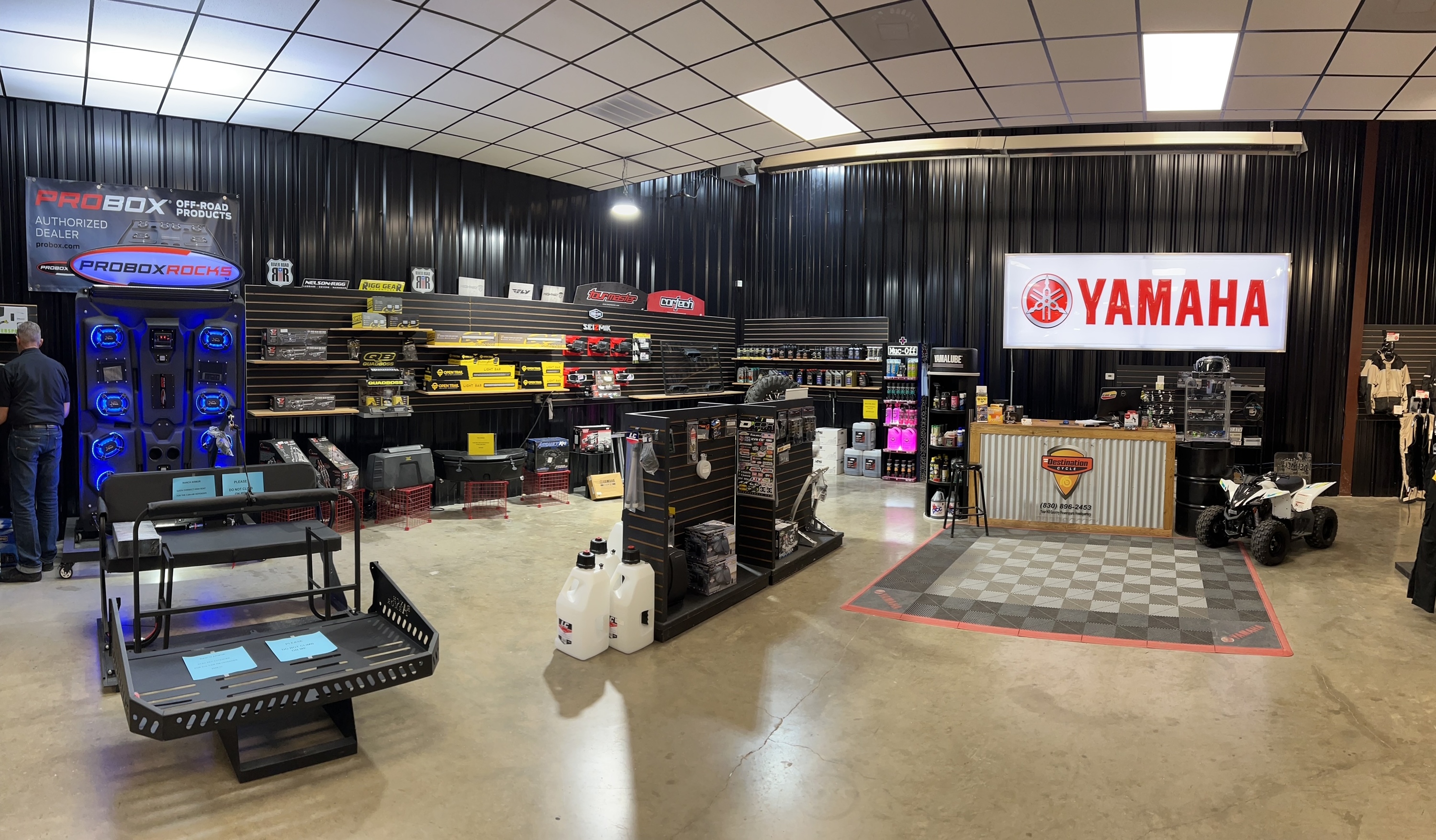Discover Quality Moto Parts NZ for All Your Motorcycle Requirements
Discover Quality Moto Parts NZ for All Your Motorcycle Requirements
Blog Article
Understanding Bike Gears: Just How to Maximize Your Riding Experience
In the world of motorcycling, mastering the art of equipment manipulation is vital for enhancing your riding efficiency. Properly recognizing and utilizing motorcycle equipments can considerably influence control, velocity, and gas effectiveness, transforming a typical adventure into a smooth, exhilarating journey.
Recognizing Gear Mechanics
At the core of motorbike dynamics, gear auto mechanics play an essential function in converting engine power right into activity, inevitably determining speed and control. The gear proportions, very carefully developed, identify the relationship between engine changes and wheel turns, affecting velocity and fuel efficiency.
Recognizing equipment mechanics begins with acknowledging the relevance of the gearbox, which houses several gears of varying sizes. These equipments communicate through a procedure called meshing, where teeth of different equipments involve to send power. The precision of this communication is critical; any kind of imbalance or damage can cause inefficient power transfer, preventing performance. Additionally, the plan and size of gears influence the motorcycle's capacity to manage various lots and speeds.
Additionally, the principle of gear changing is integral to maximizing efficiency. Smooth and prompt shifts make sure that the engine operates within its optimal power band, stopping unneeded stress and boosting long life (motox parts nz). By comprehending these mechanical complexities, motorcyclists can attain an unified mix of control, power, and efficiency, elevating their riding experience
Timing Your Shifts
Shift timing mastery is essential for optimizing motorcycle performance and enhancing the riding experience. Properly timed changes ensure that the engine runs within its optimum power band, which is crucial for keeping control, attaining smooth velocity, and making certain the long life of the bike. Motorcyclists need to establish an user-friendly sense of when to shift gears, which entails recognizing the partnership between engine transformations per minute (RPM) and rate.
To understand change timing, pay attention to the engine's sound and feel, as these give essential hints regarding when to alter equipments. The optimal shift factor commonly happens when the engine approaches the top array of its power band without reaching the redline. Moving too early can bring about a lack of power, while changing far too late may create unnecessary engine pressure
Furthermore, road conditions and riding design influence change timing. For instance, in city settings, smoother and more regular shifts may be essential to browse website traffic effectively. In comparison, during highway riding, less shifts at higher rates can be better suited. Practicing in different settings will boost your ability to time changes specifically, eventually elevating your riding experience to an expert degree.
Enhancing Gas Efficiency
While grasping bike gears is critical for performance, improving gas performance is equally essential for both financial and ecological reasons. Optimum gas consumption not only minimizes functional costs but additionally minimizes the ecological footprint of riding. To achieve this, one need to comprehend the intricate relationship between gear choice and engine performance.
Riding in a greater equipment at reduced rates can lead to engine carrying, which is detrimental to both fuel economic climate and engine health. Alternatively, riding in reduced gears at high speeds results in unneeded fuel consumption.
In addition, normal maintenance plays a pivotal duty in fuel efficiency. Making certain that the motorbike is well-tuned, with clean air filters and properly blew up tires, can improve aerodynamics and minimize fuel wastefulness. Embracing a riding style additional reading that accepts gradual velocity and smooth deceleration can contribute to far better fuel economic situation.

Strategies for Smooth Transitions
Achieving smooth equipment transitions is essential to enhancing the riding experience and making sure the longevity of a motorbike's transmission system. Correct gear changing not only contributes to a smooth trip yet also lessens damage on the mechanical elements. To understand the art of smooth transitions, motorcyclists must concentrate on a couple of key methods.

Second of all, clutch control plays an essential duty. Involving and disengaging the clutch efficiently requires practice. The clutch lever ought to be released slowly, enabling a smooth transfer of power from the engine to the wheels without creating a shock or sudden activity.

Adjusting to Road Conditions
Browsing varied road conditions is a crucial ability for any kind of motorcyclist intending to keep control and safety and security. Whether you're riding on damp surface areas, gravel roads, or browsing sharp turns, your ability to adjust your equipment usage and riding technique is critical. Understanding just how to readjust your equipments properly can substantially affect traction and security, making sure a safer journey.
On damp roadways, it is a good idea to maintain greater equipments to minimize torque and minimize wheel spin. This approach aids keep hold on unsafe surface areas, permitting for smoother velocity and deceleration. On the other hand, when riding on gravel or irregular surface, lower equipments are preferable. Reduced gears provide far better control and permit you to respond more swiftly to unexpected adjustments in the road surface area.
Sharp contours demand exact see here now equipment monitoring to balance rate and control. Downshifting prior to entering a curve can assist keep momentum while making sure the bike remains steady throughout the turn. Regular practice in varied conditions boosts your capacity to respond and anticipate to adjustments in road texture and incline.
Final Thought
Grasping motorbike gears considerably enhances the riding experience by improving gas, velocity, and control effectiveness. Adapting gear selection to numerous roadway conditions, such as using higher equipments on damp surfaces and lower equipments on crushed rock, additional boosts handling and security.
Recognizing gear mechanics starts with identifying the relevance of the gearbox, which houses multiple equipments of differing sizes. These equipments engage through a procedure understood as meshing, where teeth of different equipments engage to transmit power (mx gear nz). Mild modifications to the throttle during equipment shifts can protect against jerky activities and preserve a consistent riding rate
Whether you're riding on damp surfaces, crushed rock roads, or navigating sharp turns, your capacity to adjust your gear use and riding technique is paramount. Adapting equipment selection to numerous road problems, such as using greater gears on damp surfaces and reduced gears on crushed rock, additional boosts handling and security.
Report this page